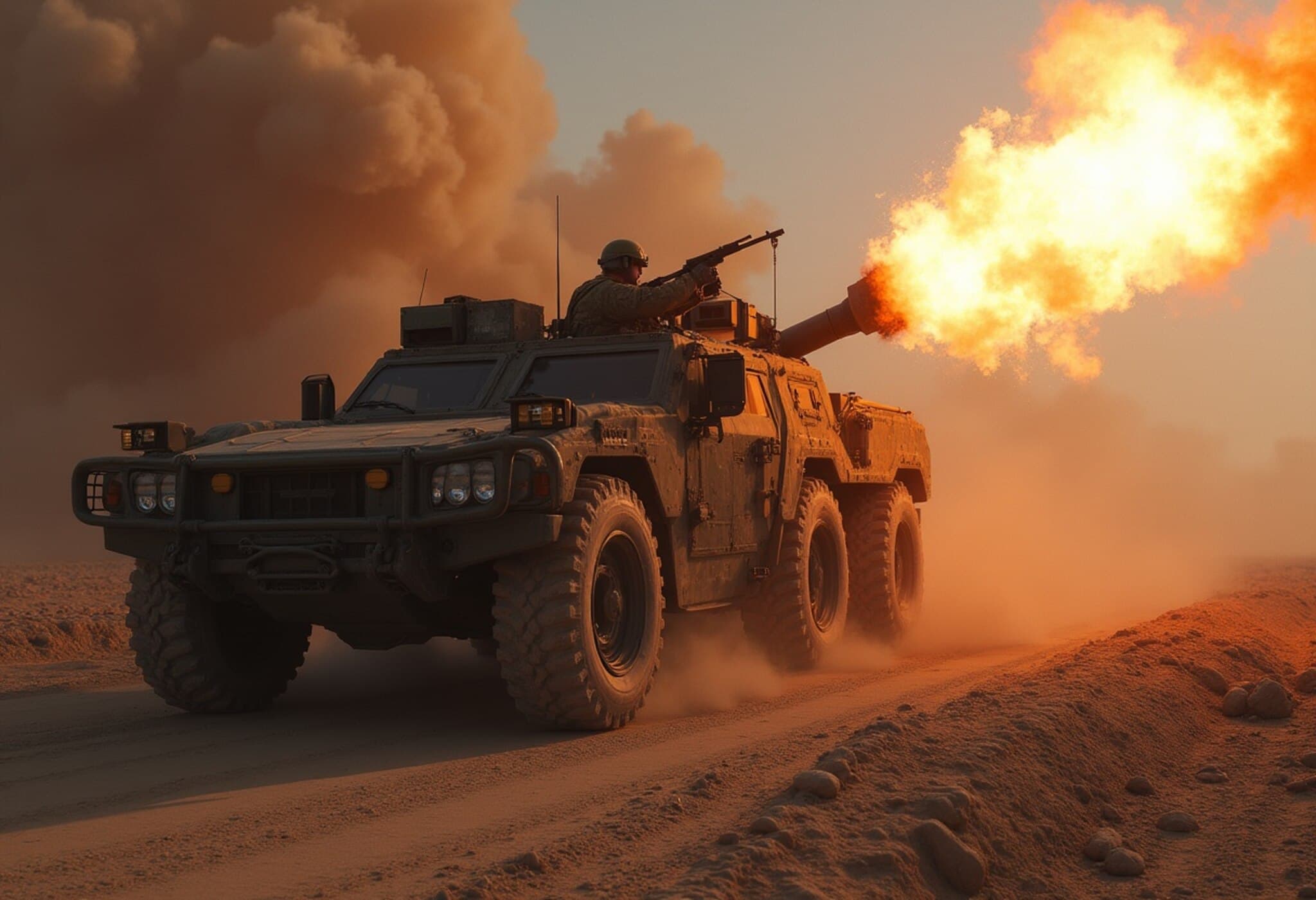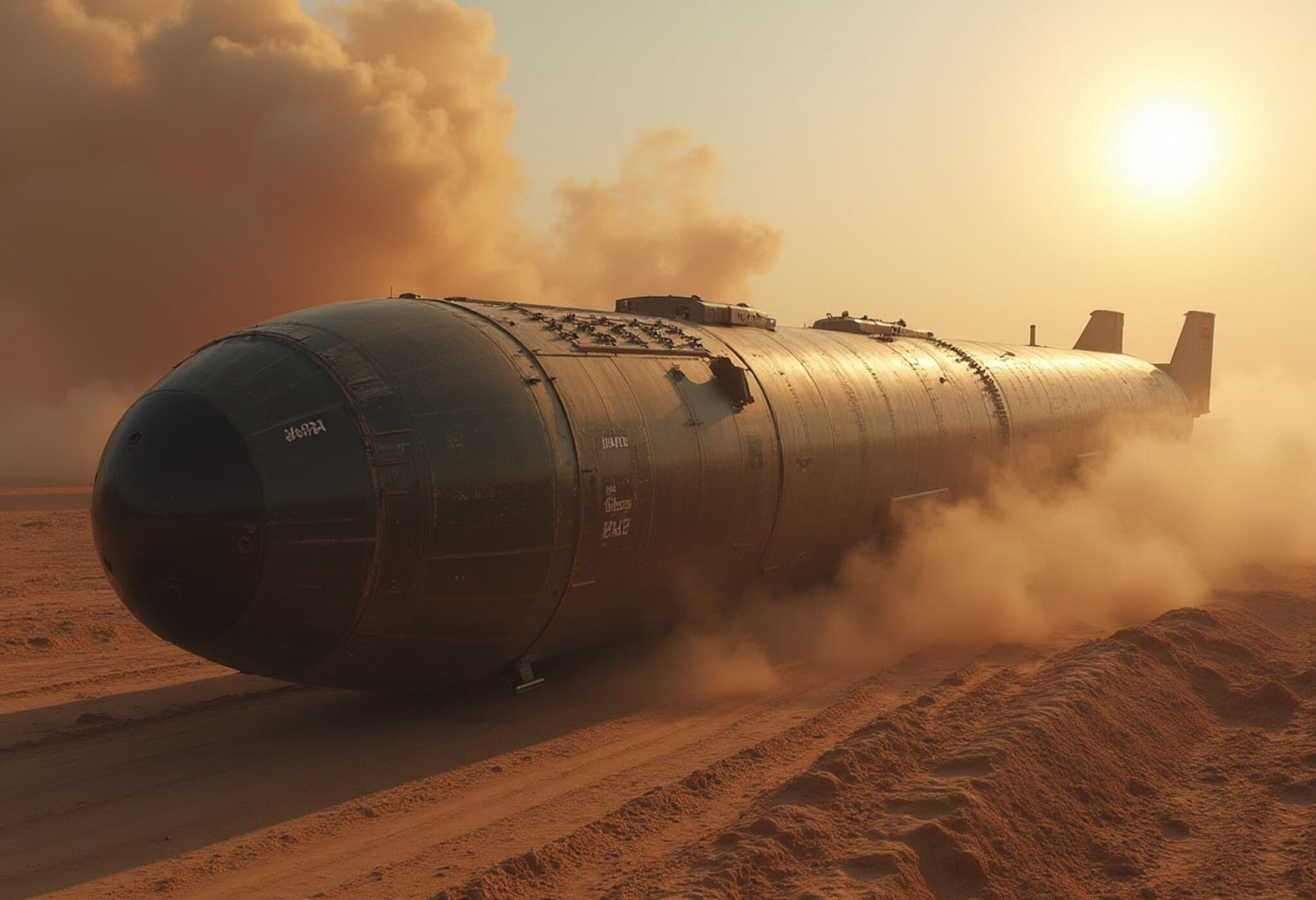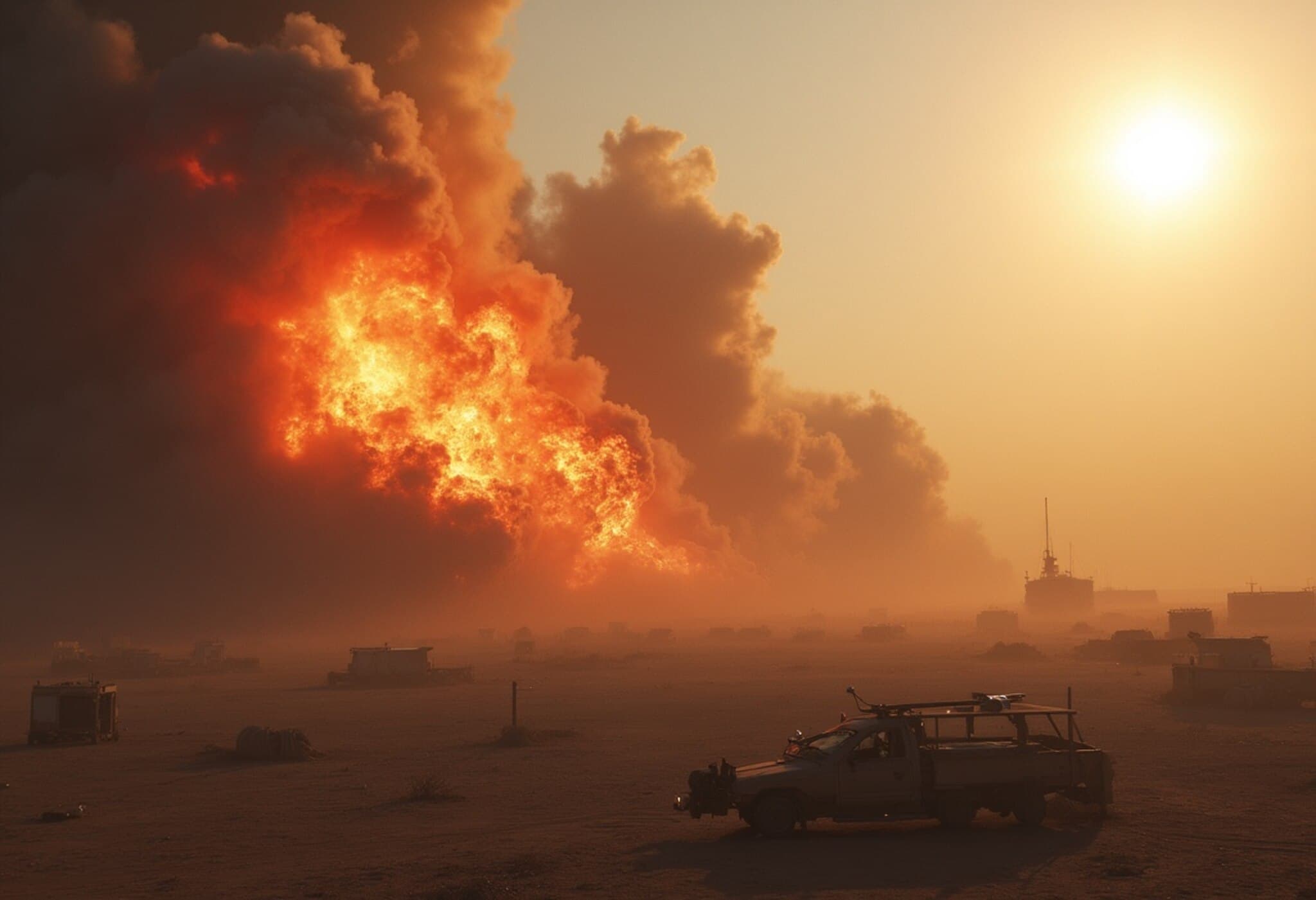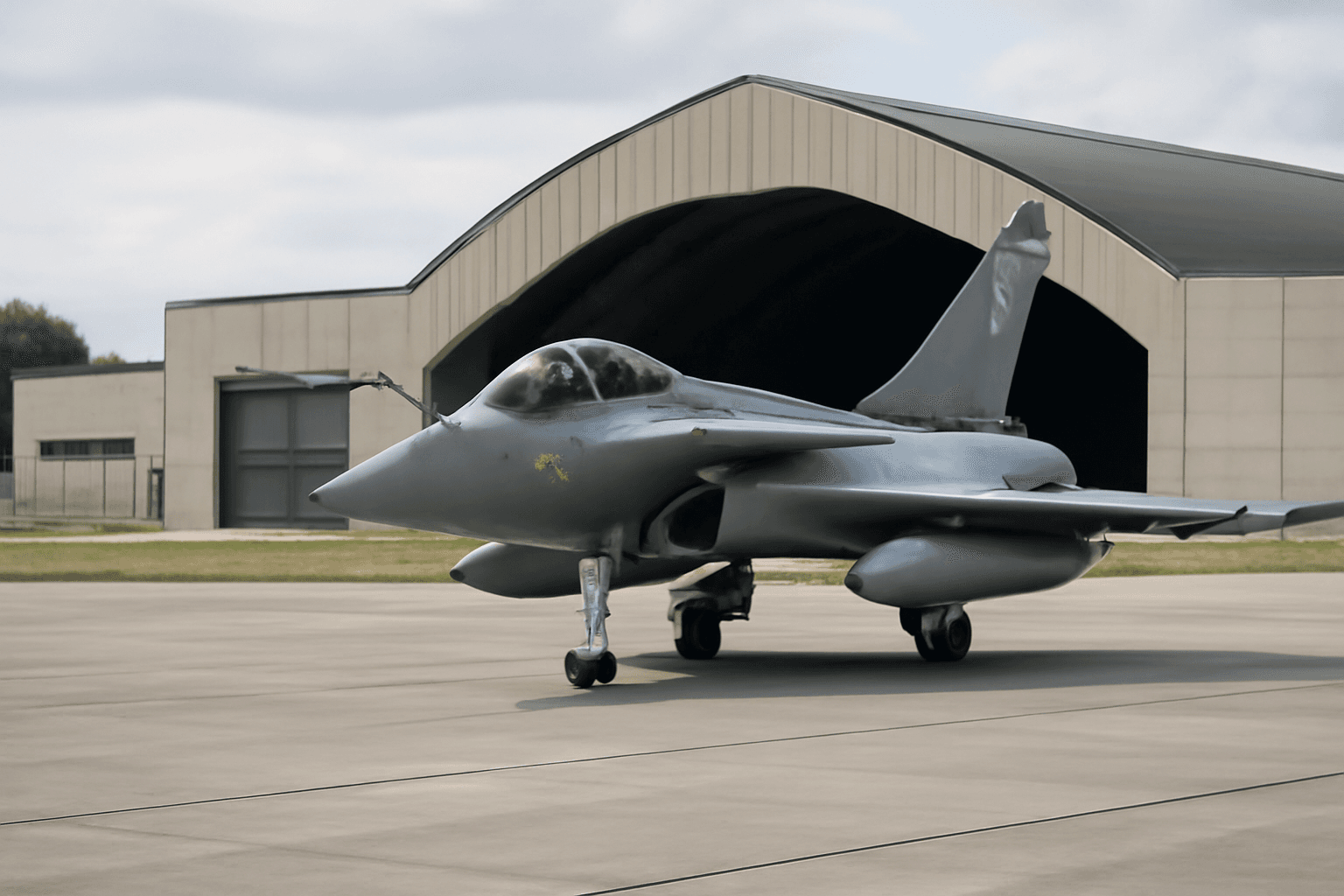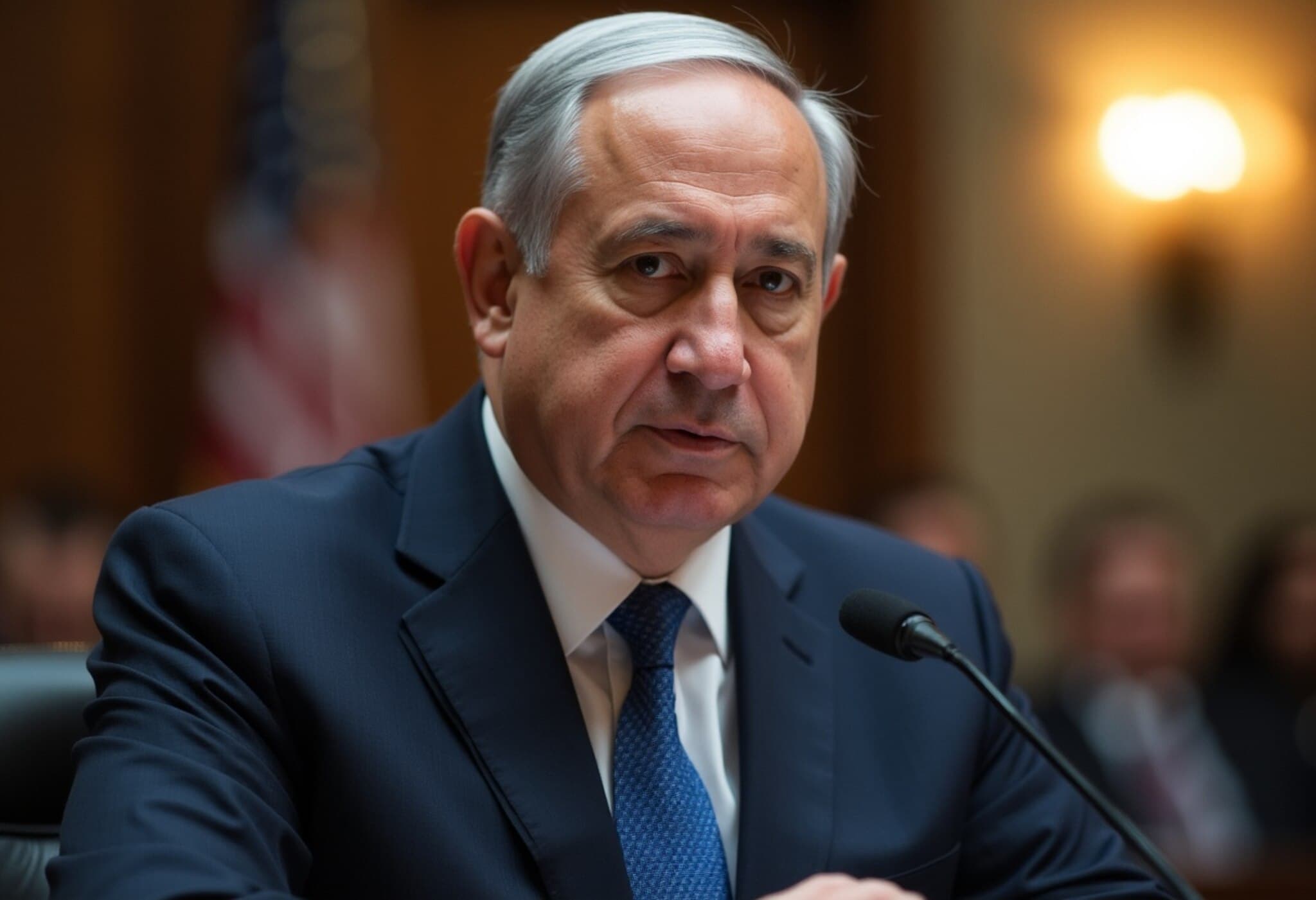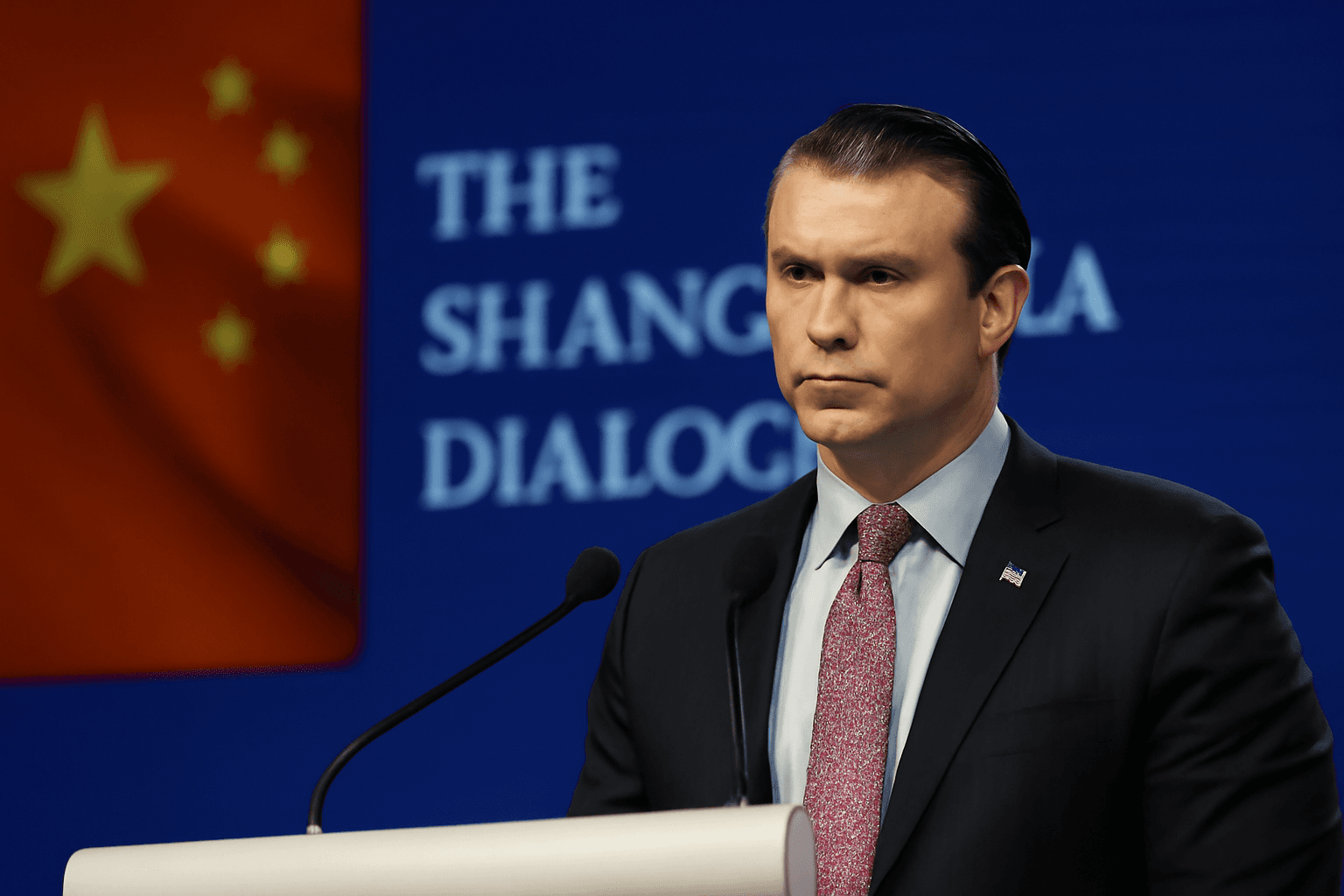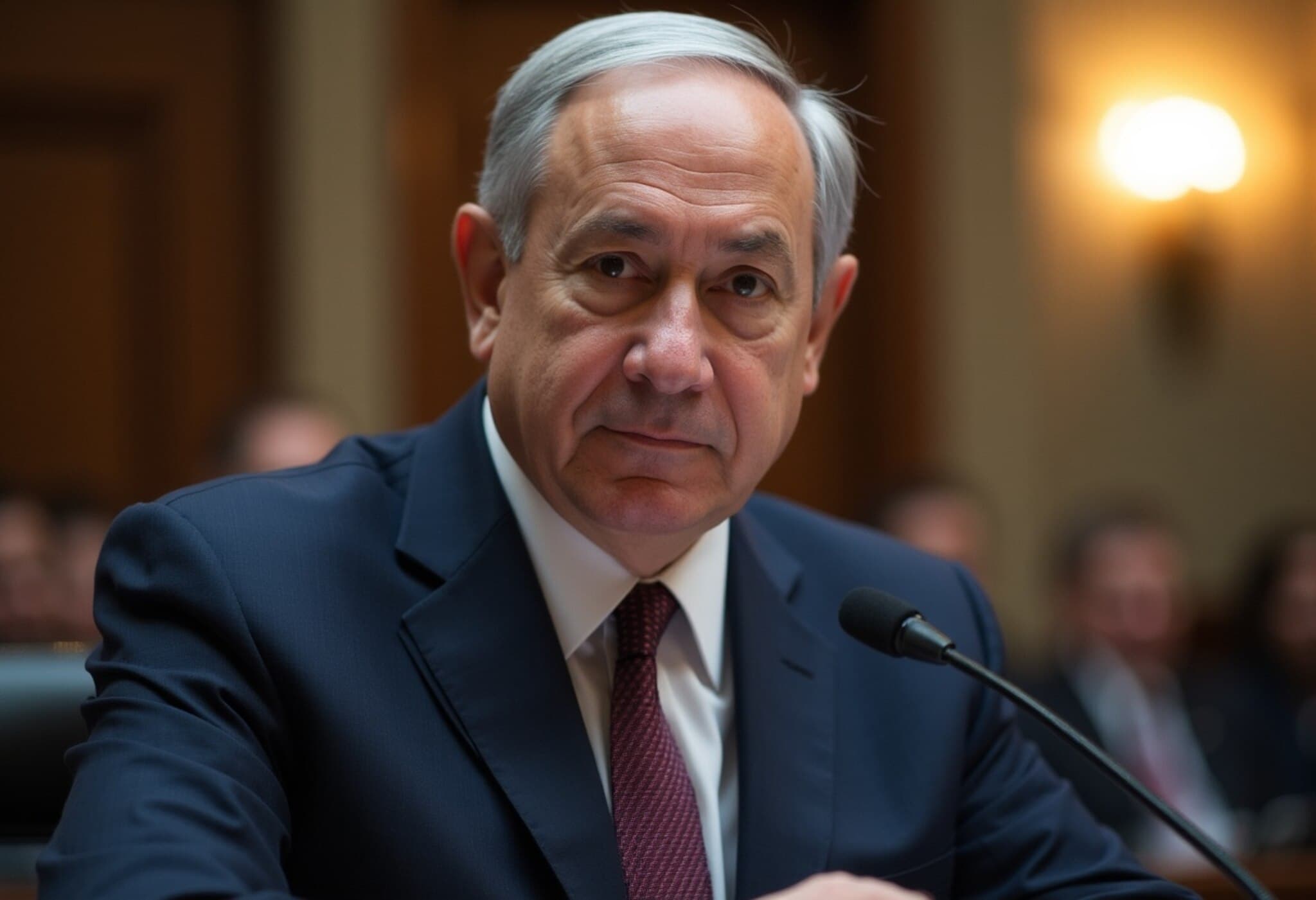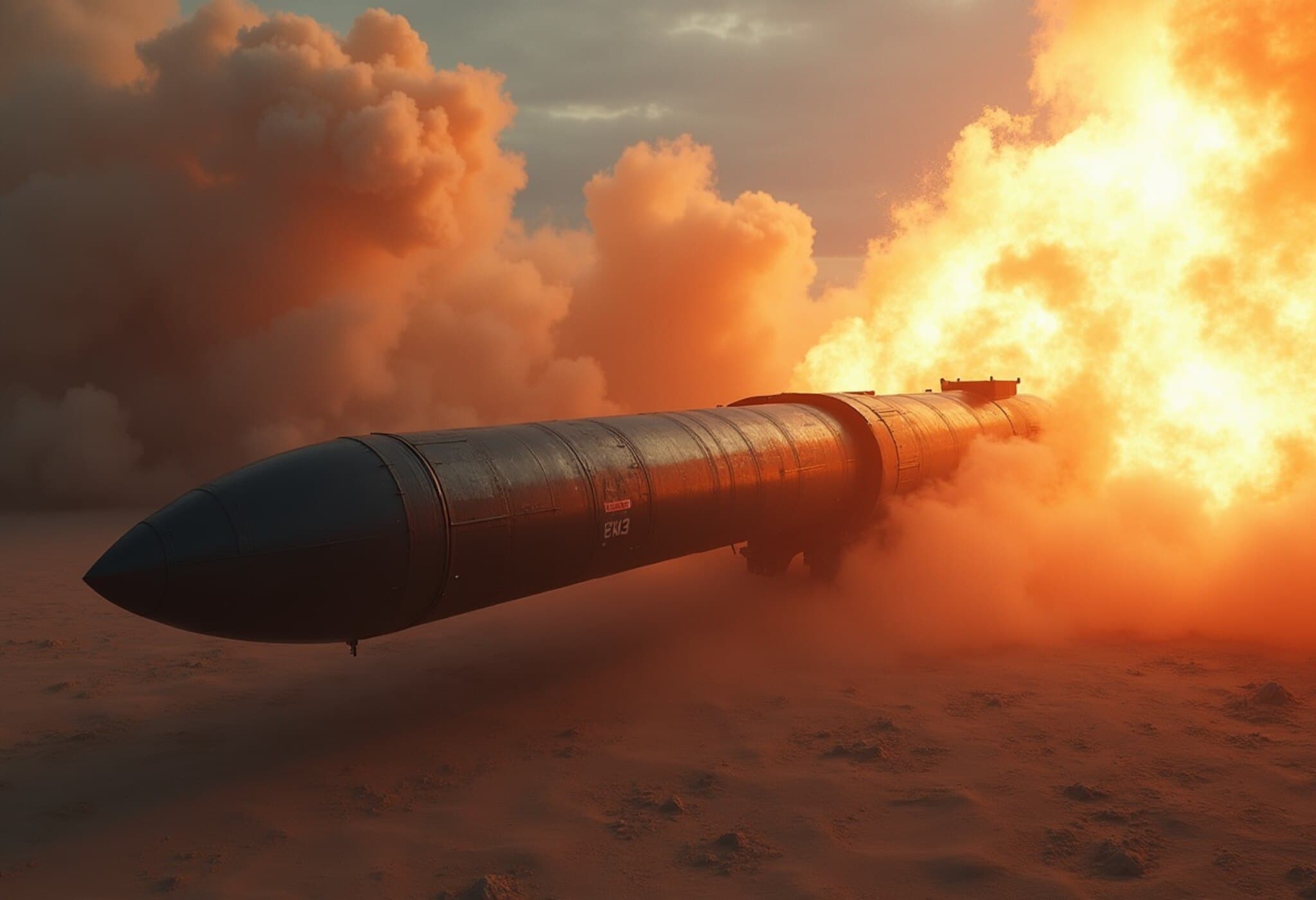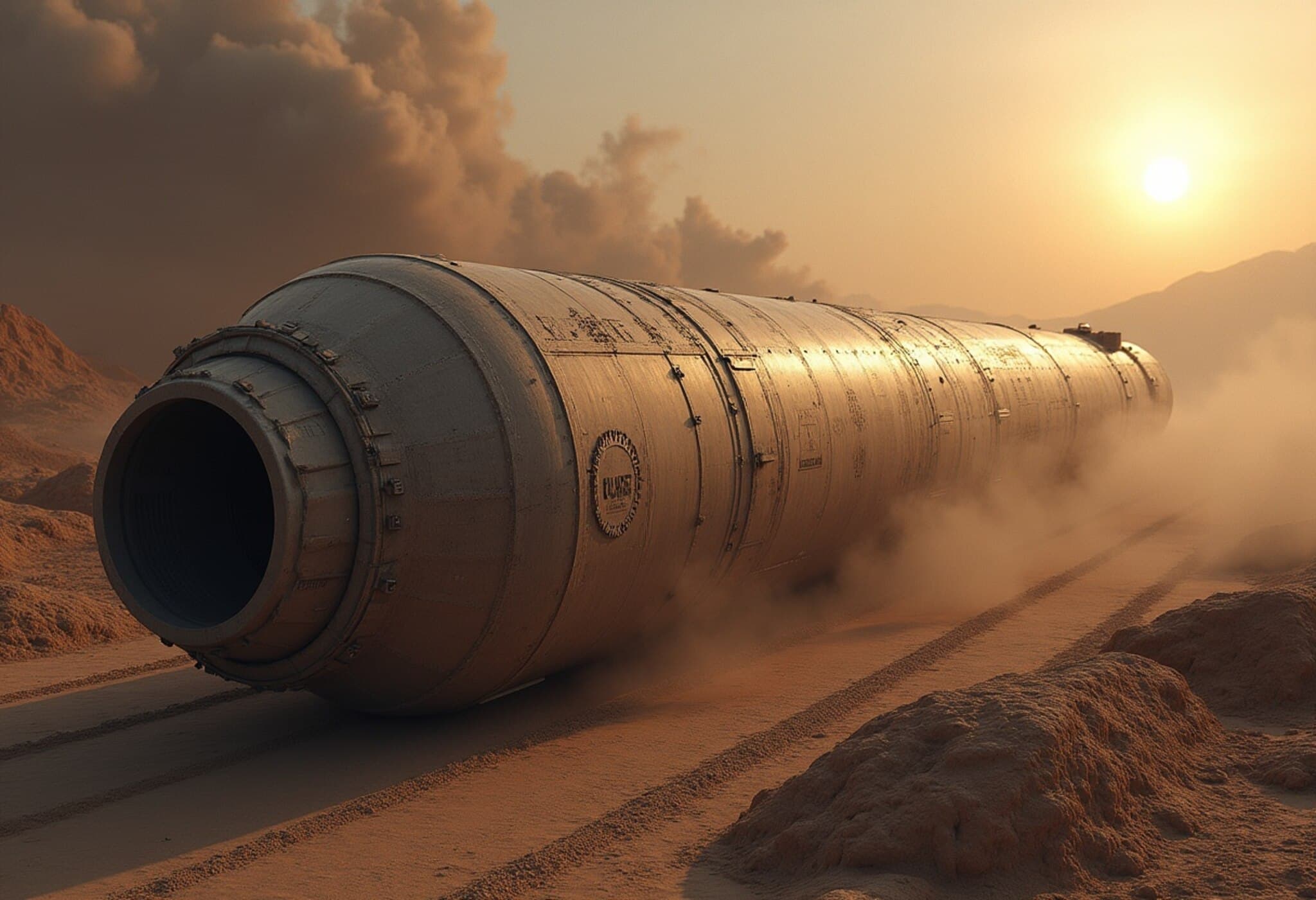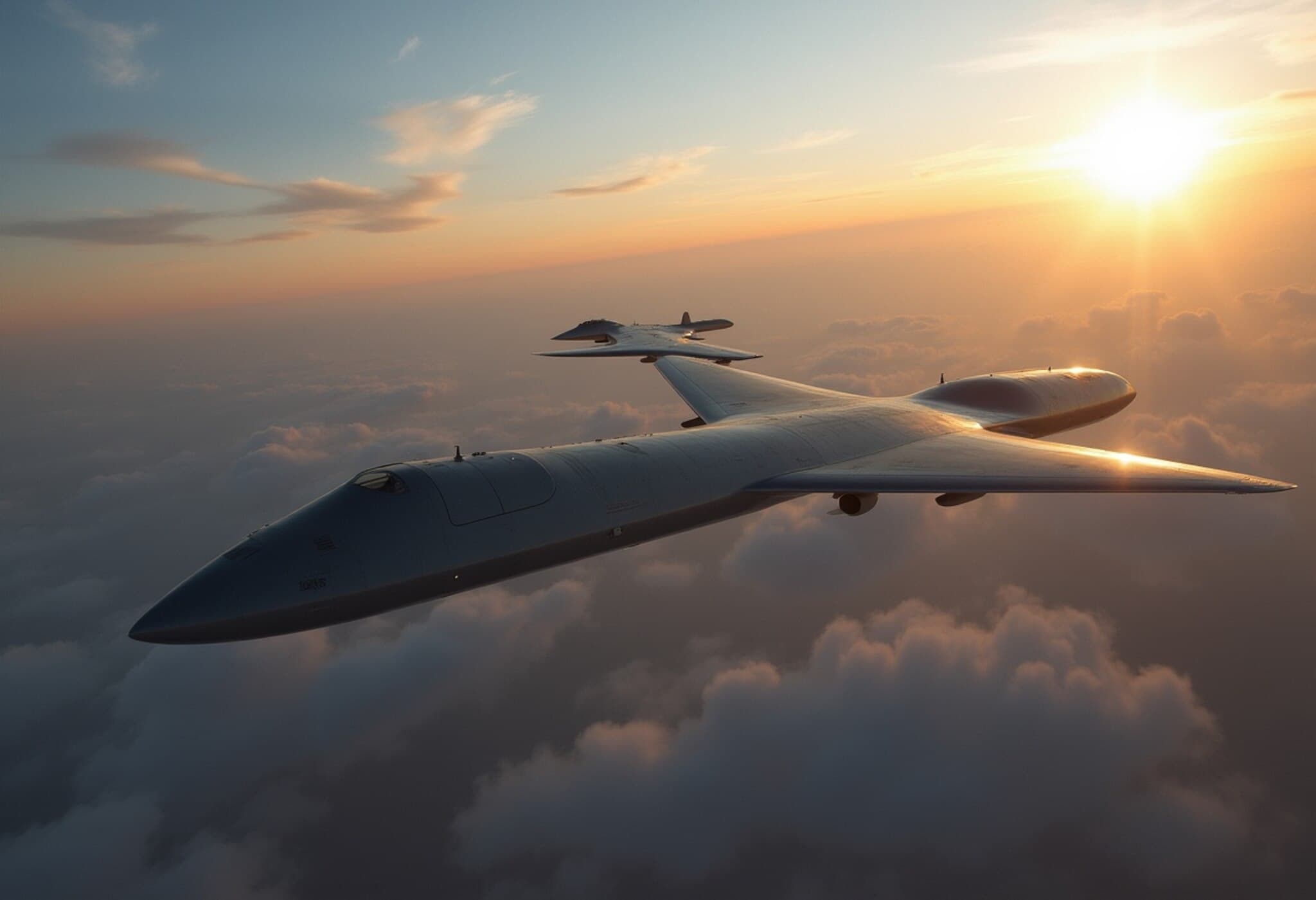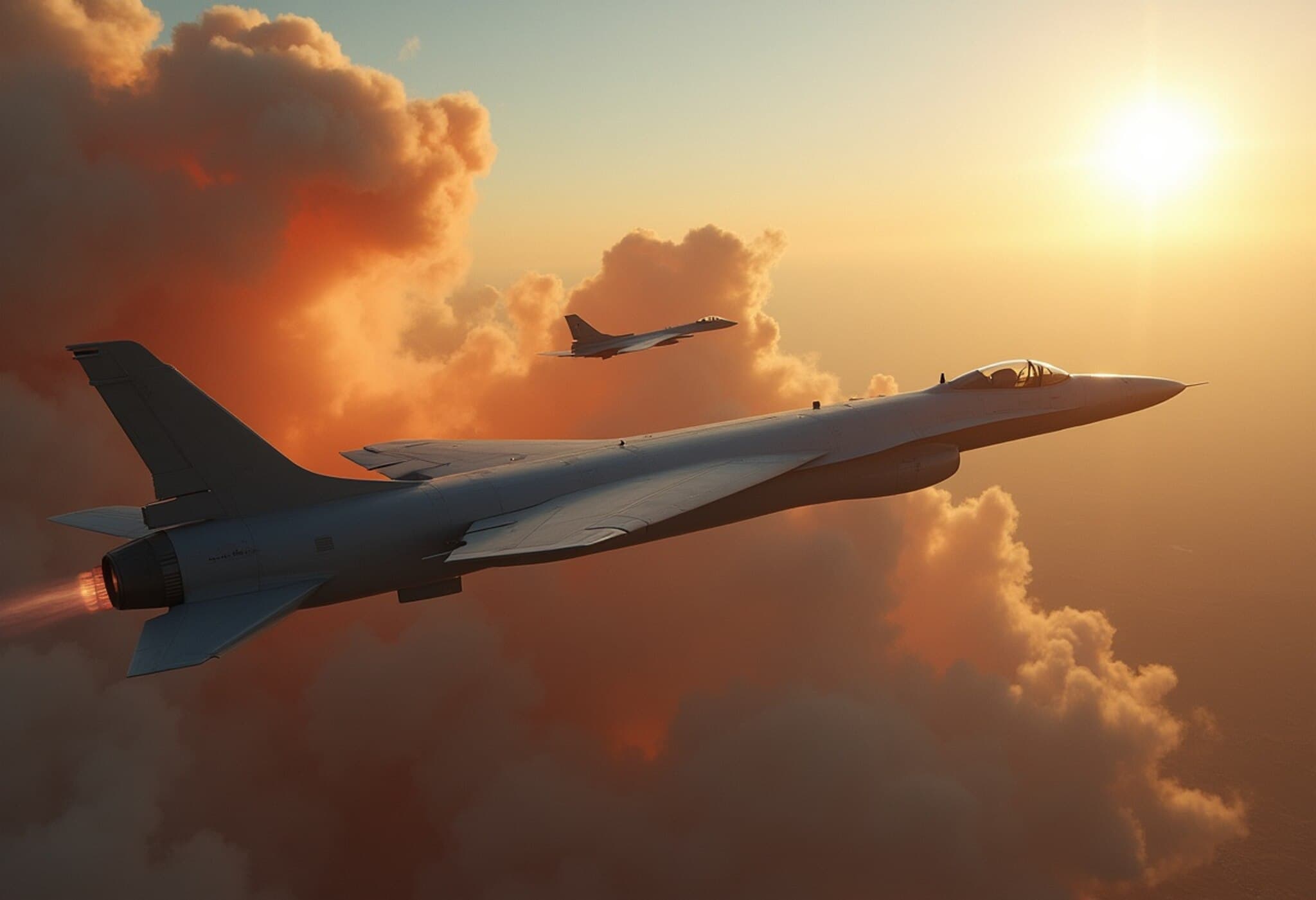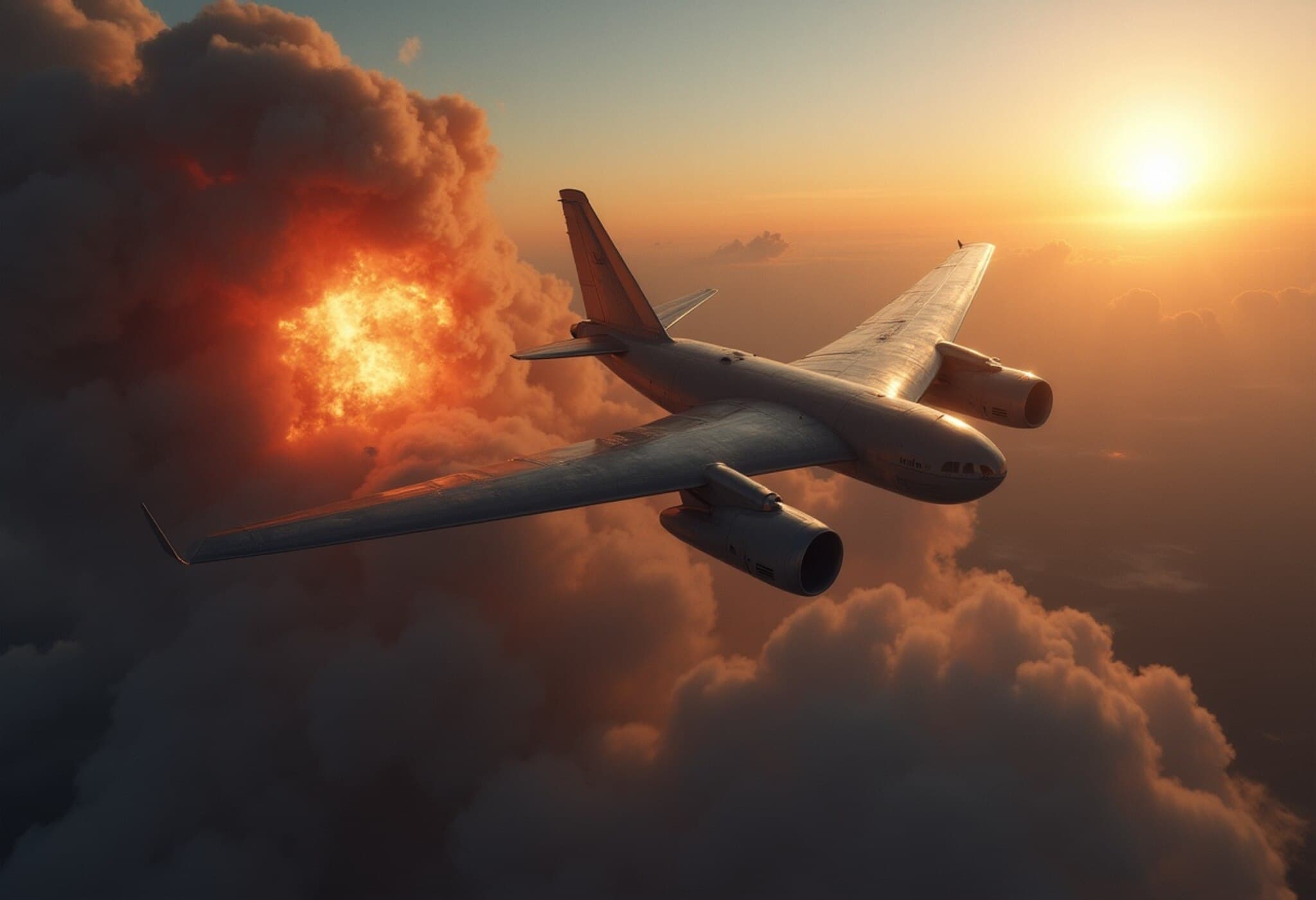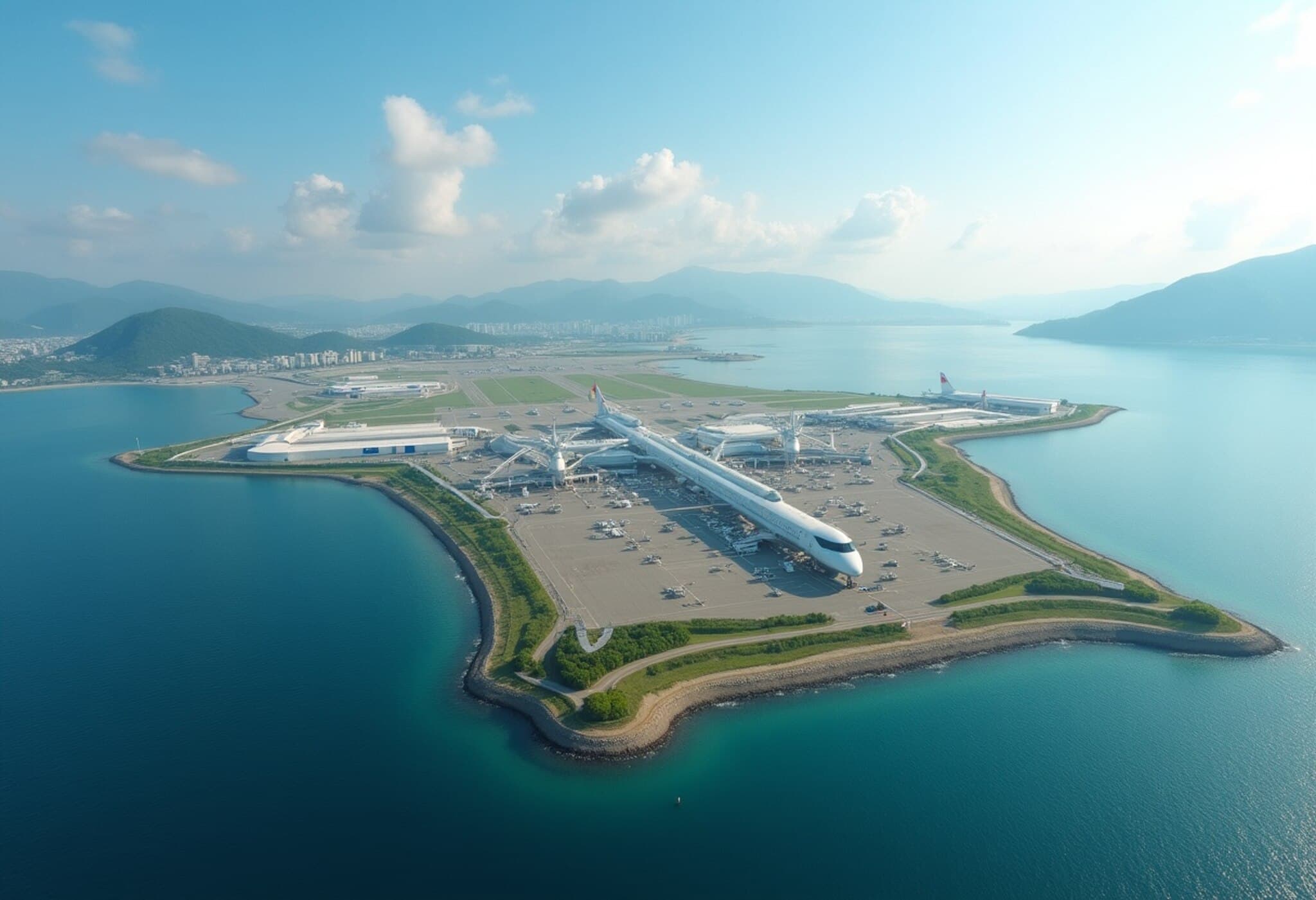The Prospect of a ‘Bunker Buster’ Strike on Iran
As tensions escalate in the Middle East, speculation mounts over whether the United States might utilize its formidable GBU-57A/B Massive Ordnance Penetrator—commonly known as the “bunker buster”—to target Iran’s deeply fortified nuclear facility at Fordow. This enormous bomb, weighing in at 30,000 pounds, was engineered specifically to obliterate underground bunkers, capable of penetrating up to 200 feet of earth or reinforced concrete before detonation.
Understanding the GBU-57A/B: The Ultimate Penetrator
The GBU-57A/B stands out as one of the most powerful non-nuclear weapons in the US arsenal. However, deploying it is no simple feat. Only the stealthy B-2 Spirit bomber can carry this giant bomb, relying heavily on air superiority and precise GPS signals for accurate targeting. Military analysts suggest that with Israel’s recent destruction of much of Iran’s air defense infrastructure, the path might be clearer for such a mission.
Though packing 5,000 pounds of explosives, the bomb’s impact differs from traditional massive blasts—it burrows into its target, releasing shockwaves and debris underground rather than causing widespread surface destruction.
Fordow: Iran’s Mountain-Hardened Nuclear Vault
Located roughly 95 kilometers southwest of Tehran, the Fordow Fuel Enrichment Plant is nestled inside a mountain, buried approximately 260 to 300 feet underground. This strategic depth shields it from conventional airstrikes and poses a severe challenge even for bunker-buster bombs.
Construction of Fordow started around 2006, becoming operational by 2009. Initially declared to the world under the 2015 nuclear agreement (JCPOA), Iran agreed to halt uranium enrichment activities at Fordow. But following the US withdrawal from the deal in 2018, Iran resumed enrichment, asserting its nuclear program remains peaceful.
Adding another layer of complexity, Fordow is reportedly guarded by Iranian and Russian surface-to-air missile systems, some of which may have been damaged during recent Israeli strikes, potentially altering the site's defense readiness.
Potential Implications of a US Strike
The possibility of the US deploying this bomb is contingent upon its assurance of completely neutralizing the enrichment facility. According to sources, there are discussions within US defense circles about reserving the bomb strictly for high-value targets like Iran and North Korea.
Meanwhile, former US President has expressed support for Israeli measures against Iran but remains noncommittal about direct American military action. At the same time, warnings have been issued about the serious risks of targeting nuclear installations.
The head of the International Atomic Energy Agency recently emphasized the grave consequences an attack on a nuclear site could have for safety, security, and broader regional stability.
Final Thoughts
While the GBU-57A/B Massive Ordnance Penetrator represents an unparalleled capability to dismantle hardened underground targets, its potential use against Iran’s Fordow facility would mark a significant escalation with profound geopolitical repercussions. The world watches cautiously, knowing the stakes extend well beyond a single military operation.

